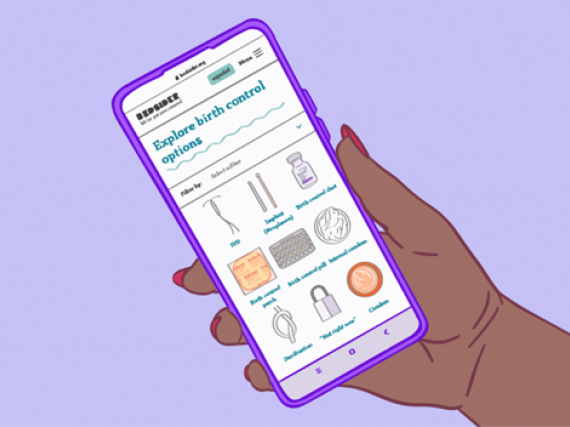May 2019: Power Updates Edition
There are plenty of articles, publications, and stories published every month. In an effort to help you distinguish fact from fiction, save time in your already busy day, and share news you may not have otherwise seen, here are six stories from the last month we thought you might find interesting:
Seeking Emergency Contraception in the United States
This review looked at the access and barriers to obtaining emergency contraception in the United States. Results indicate that although it is now available over-the-counter, barriers such as low stock and inaccurate pharmacy-provided information still make it difficult for people to access emergency contraception as needed.
Do Adolescent Women's Contraceptive Preferences Predict Method Use and Satisfaction?
In asking the above question, these authors conclude that the contraceptive preferences of young women vary based on demographics and reproductive health experiences. They note that young people’s birth control satisfaction and engagement may improve when using a method that matches their individual preferences.
Births: Provisional Data for 2018
The Centers for Disease Control and Prevention has released provisional data on all US births in 2018. The report details several record lows; the lowest number of births in 32 years, the lowest fertility rate among women age 15 to 44, and the lowest total fertility rate. It also showed that teen births are down for all teens. The CDC will release final data around November 2019.
Improving Access to Abortion via Telehealth
This Guttmacher article examines how to improve abortion access, which in the United States is primarily a clinic-based service, using telehealth. The article has several highlights. First, telehealth providers can safely and effectively administer medical abortions. Second, telehealth can extend care to people living in communities that otherwise lack access to care. However, a variety of policies and barriers limit telehealth’s ability to extend that access.
Contraceptive Use by Women Across Different Sexual Orientation Groups
This study found that women who sleep with women are less likely than their heterosexual counterparts to have ever used any method of birth control. Conversely, the authors found that bisexual women were more likely than heterosexual women to use long-acting reversible contraceptives.
Association of State Medicaid Expansion Status with Low Birth Weight and Preterm Birth
Using data from 2011-2016, this analysis found that Medicaid expansion did not lead to significant changes in preterm or low birth weight births. However, Medicaid expansion did correspond with significant improvements in the disparities faced by Black infants compared to white infants.



